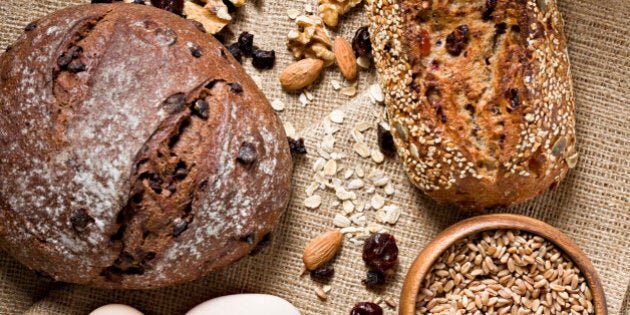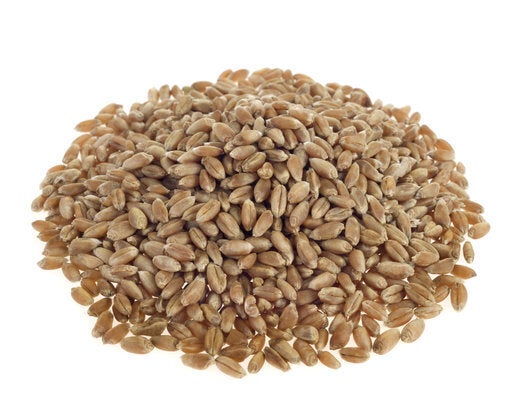
We may all think we know that brown bread is generally healthier than white, but when it comes down to the specifics, it's the ingredients that count.
Bread is often labelled as the enemy, especially if you're trying to lose weight, but registered dietitian Jennifer Sygo at the Cleveland Clinic Canada says the health factor is more dependent on how it's made. "We increasingly understand that highly processed foods and refined grains can be harmful to our health, so bread that comes in this form (which was very much the norm for decades) isn't exactly great for us."
Sygo says although there is no guideline for how much bread Canadians should consume in a week, Canada's Food Guide recommends adults consume at least six to eight servings of grains per day — and whole grains should make up at least half of those servings. She also adds, however, some studies have shown eating just four servings of grains a day could also benefit the heart.
And bread, usually 110 to 120 calories per slice, can be consumed as long as you have a balanced diet, Sygo says. "All of this could lead to overeating if we don’t take care to balance our intake of bread and other grains with foods that contain protein and fats to help keep us feeling full."
Previously, in our summer bread series, we rounded up the healthiest and unhealthiest types of bread from around the world, and the best store-bought breads.
In the list below, Sygo lists the best and worst breads in terms of nutritional value. And yes, there is diversity in bread type:
